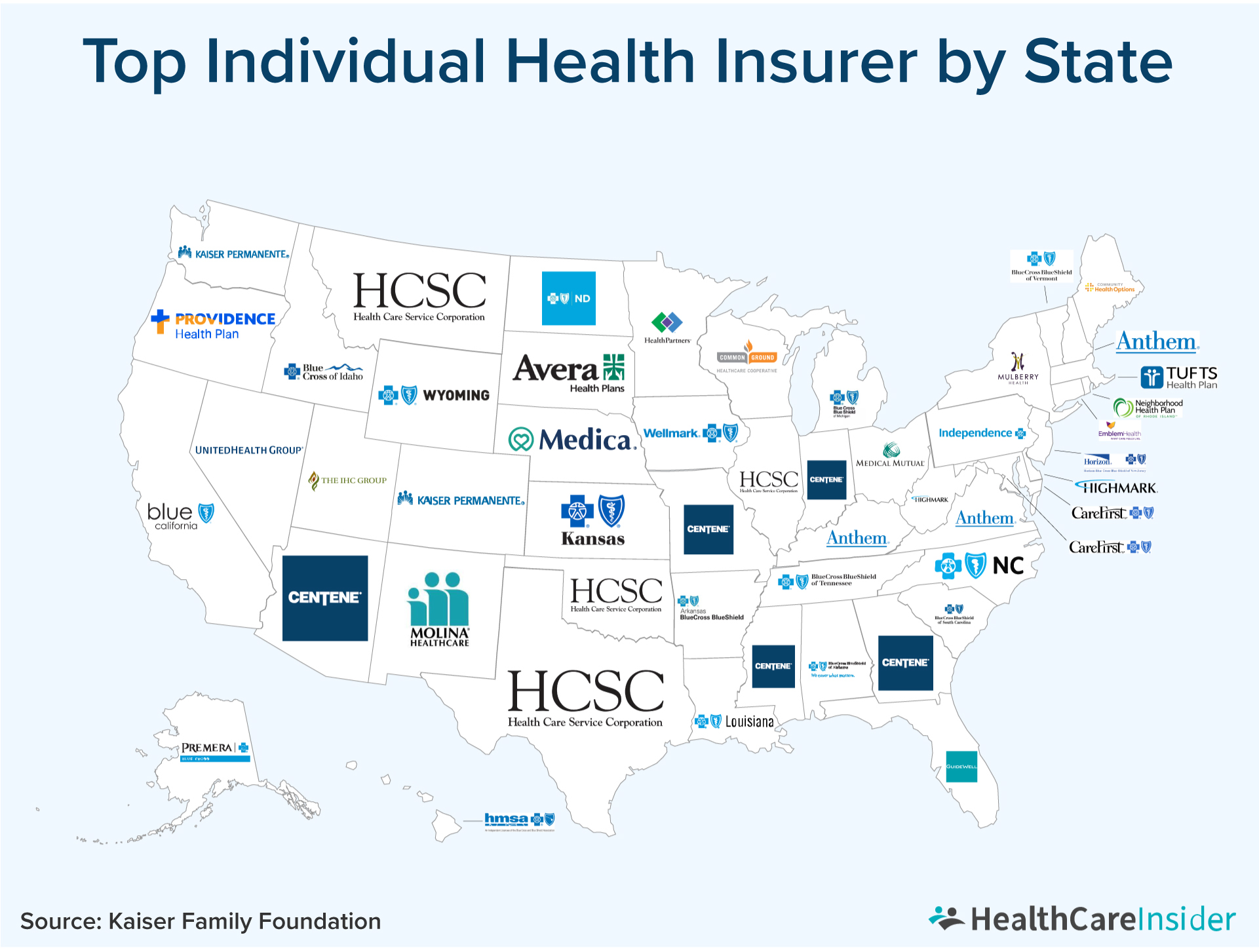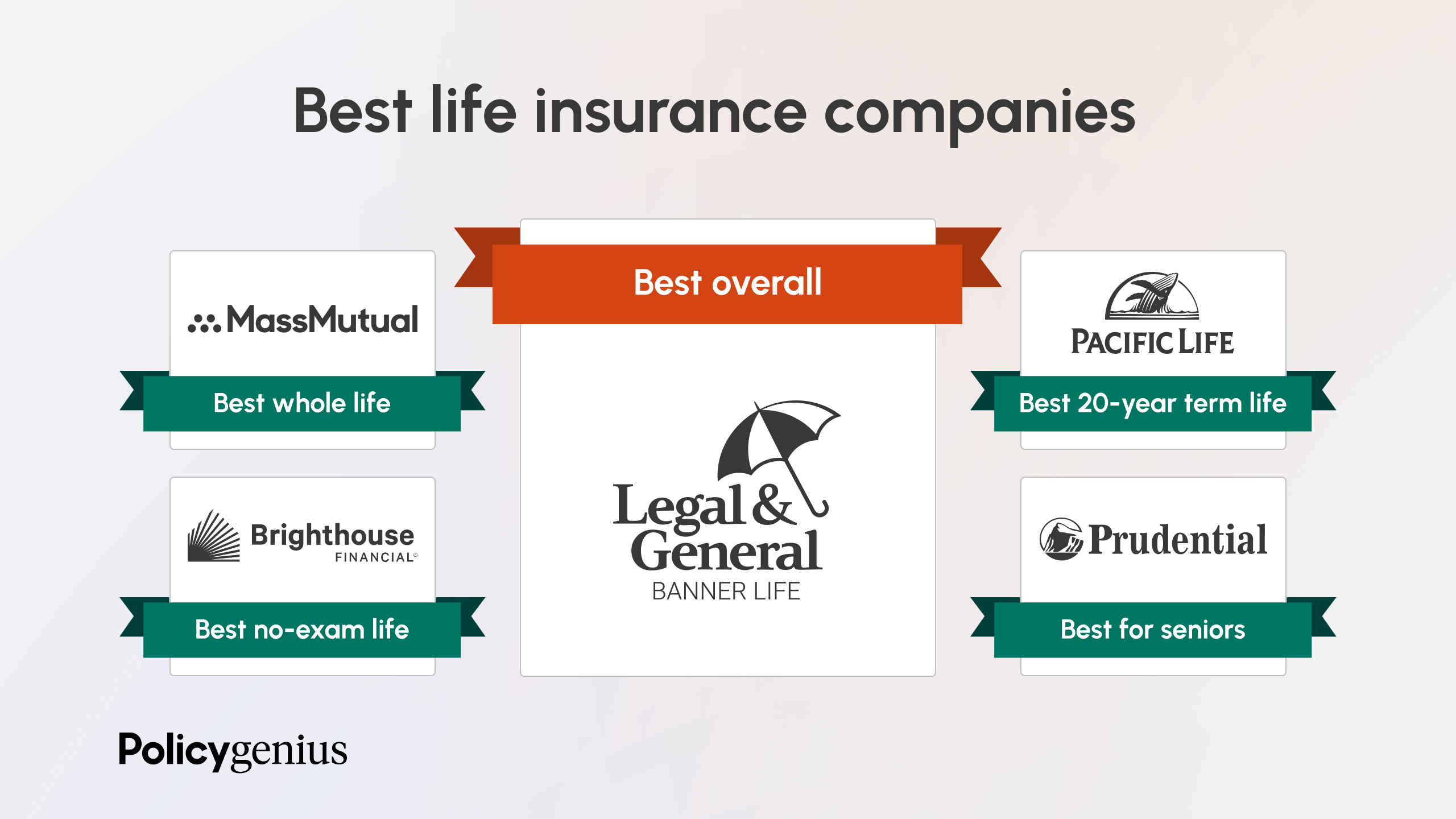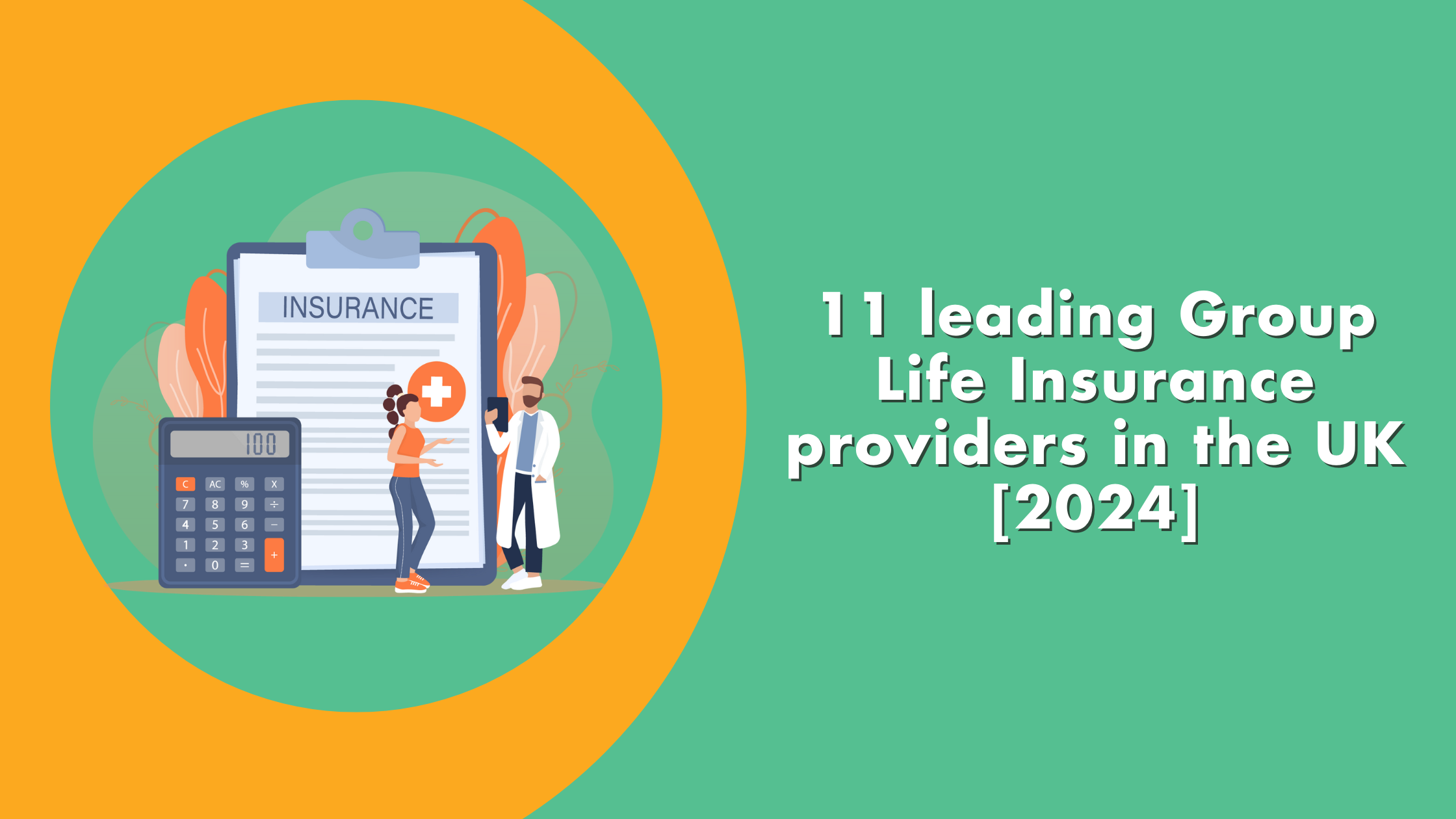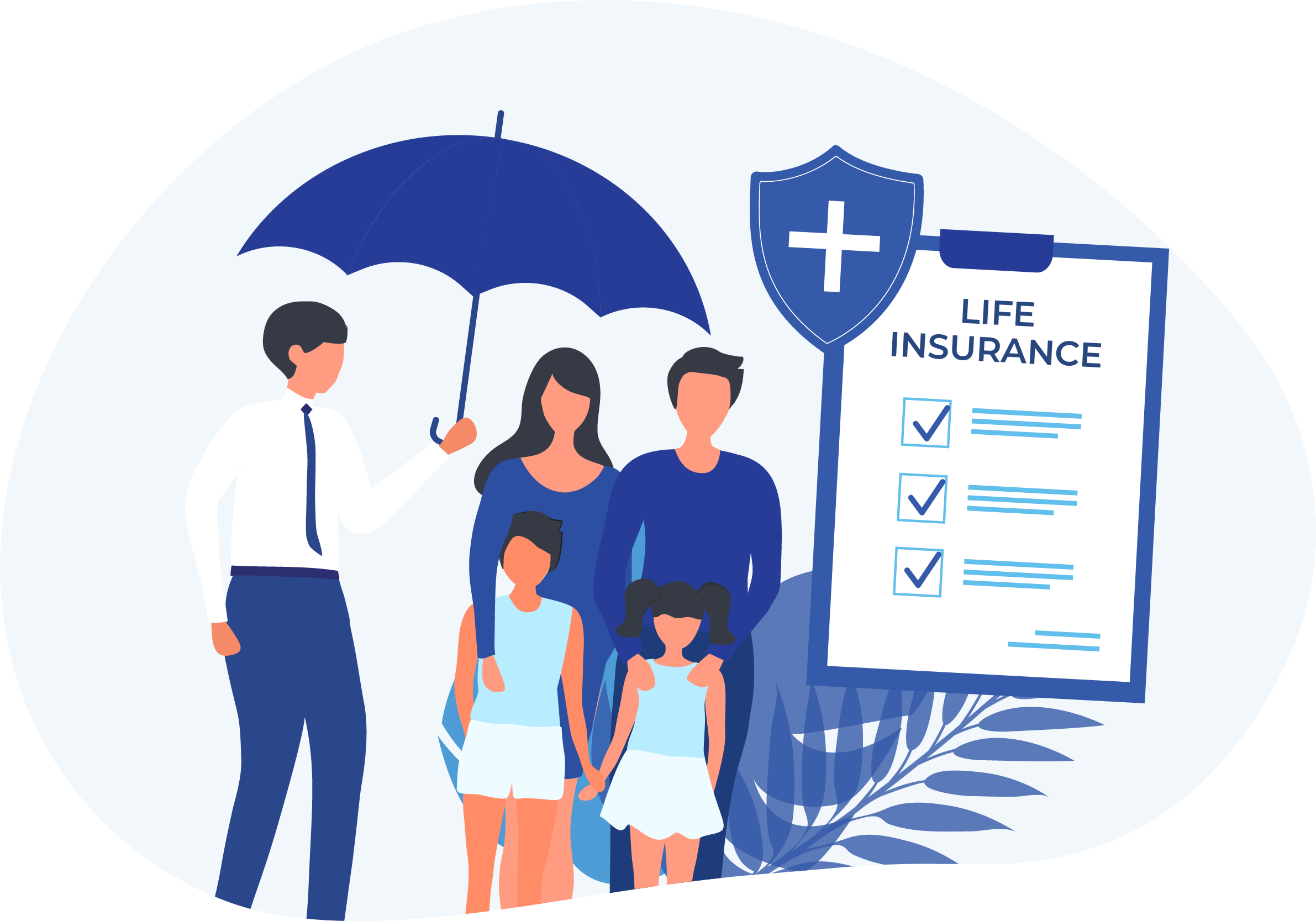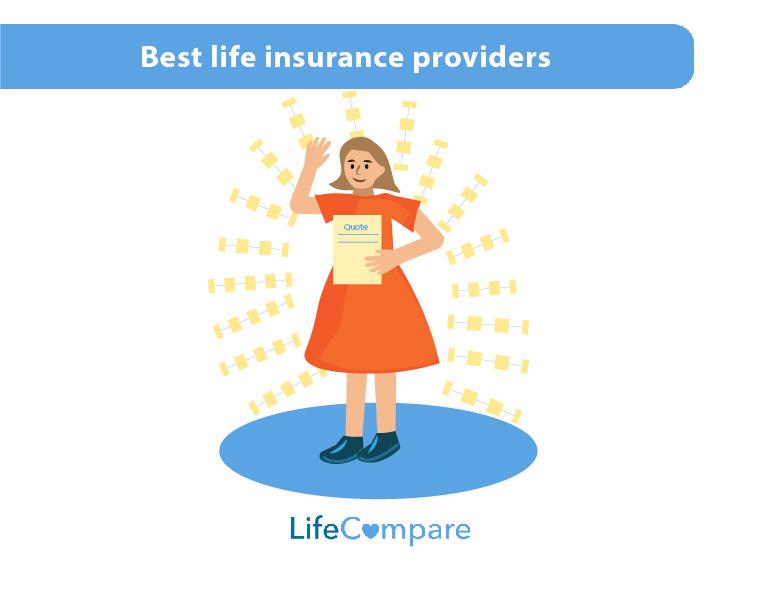Nonprofit Life Insurance Providers That Are Covered By A Special
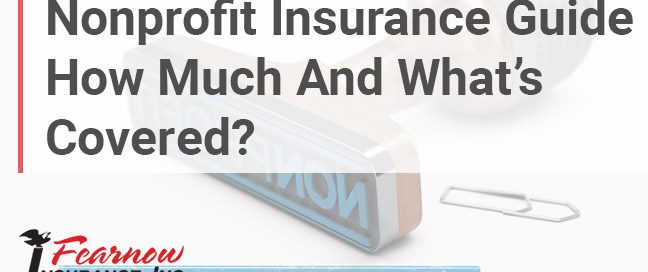
The landscape of nonprofit life insurance providers is undergoing a significant transformation, driven by shifting demographics, technological advancements, and a renewed focus on impact investing. This article explores a critical trend: the growing need for specialized coverage tailored to the unique challenges and opportunities within the nonprofit sector.
The Rise of Tailored Nonprofit Life Insurance
Traditionally, nonprofits have relied on standard group life insurance policies, often overlooking the specific needs of their diverse workforce and the potential for leveraging insurance as a financial tool. Now, a new breed of providers is emerging, specializing in creating customized life insurance solutions designed to support nonprofits' missions and enhance their financial stability.
These solutions often include benefits like key person insurance, which protects organizations against the loss of essential personnel, and endowment life insurance, which allows nonprofits to build a long-term financial legacy.
Addressing the Talent Retention Challenge
Nonprofits frequently struggle with talent retention, often due to limited resources and competitive compensation packages. Offering robust and tailored life insurance benefits can be a powerful tool for attracting and retaining top talent, signaling a commitment to employee well-being.
By providing coverage that addresses the specific needs of nonprofit employees, such as affordable dependent care options or enhanced coverage for unique circumstances, organizations can create a more attractive and supportive work environment.
Capitalizing on Impact Investing Trends
The rise of impact investing is creating new opportunities for nonprofit life insurance providers. Investors are increasingly seeking to align their financial goals with social and environmental impact, and insurance products can play a crucial role in this space.
Some providers are now offering policies that generate social returns alongside financial returns, such as by investing premiums in projects that support sustainable development or community empowerment. This aligns the insurer's financial goals with the nonprofit's mission, creating a powerful synergy.
The Challenge of Financial Literacy
One significant hurdle remains: financial literacy within the nonprofit sector. Many organizations lack the expertise to fully understand the complexities of life insurance policies and how they can be strategically utilized.
This underscores the need for providers to offer clear and accessible educational resources to help nonprofits make informed decisions about their insurance needs. Simplifying the language and focusing on practical applications are key.
Navigating Regulatory Compliance
The life insurance industry is subject to a complex web of regulations, which can be particularly challenging for smaller nonprofits to navigate. Providers must ensure that their policies comply with all applicable laws and regulations, and they should be prepared to assist nonprofits in understanding their compliance obligations.
Transparent communication and proactive support are essential for building trust and fostering long-term relationships.
The Opportunity for Innovation
The nonprofit life insurance market presents a significant opportunity for innovation. By leveraging technology and data analytics, providers can develop more personalized and effective solutions.
This includes using data to assess risk more accurately, streamline the application process, and provide customized support to nonprofits based on their unique needs. Telehealth and other digital health services can also be integrated into life insurance policies, offering additional value to employees.
Furthermore, exploring partnerships with other organizations, such as financial institutions and social enterprises, can expand the reach and impact of nonprofit life insurance solutions.
Embracing Data-Driven Decision Making
Data is crucial for understanding the specific needs of nonprofit organizations and tailoring insurance solutions accordingly. Providers should invest in data analytics capabilities to identify trends, assess risk, and measure the impact of their policies.
This data-driven approach can also help nonprofits better understand their own risks and make more informed decisions about their insurance coverage.
Looking Ahead: The Future of Nonprofit Life Insurance
The future of nonprofit life insurance is bright, with significant opportunities for providers that can adapt to the changing needs of the sector. Specialized coverage that addresses the unique challenges faced by nonprofits, combined with a commitment to financial literacy and impact investing, will be essential for success.
By embracing innovation, fostering collaboration, and prioritizing the needs of nonprofits and their employees, life insurance providers can play a vital role in supporting the long-term sustainability and success of these essential organizations.
The ability to offer customizable and socially responsible insurance options positions these providers for sustained growth and positive impact in the evolving landscape of nonprofit finance.
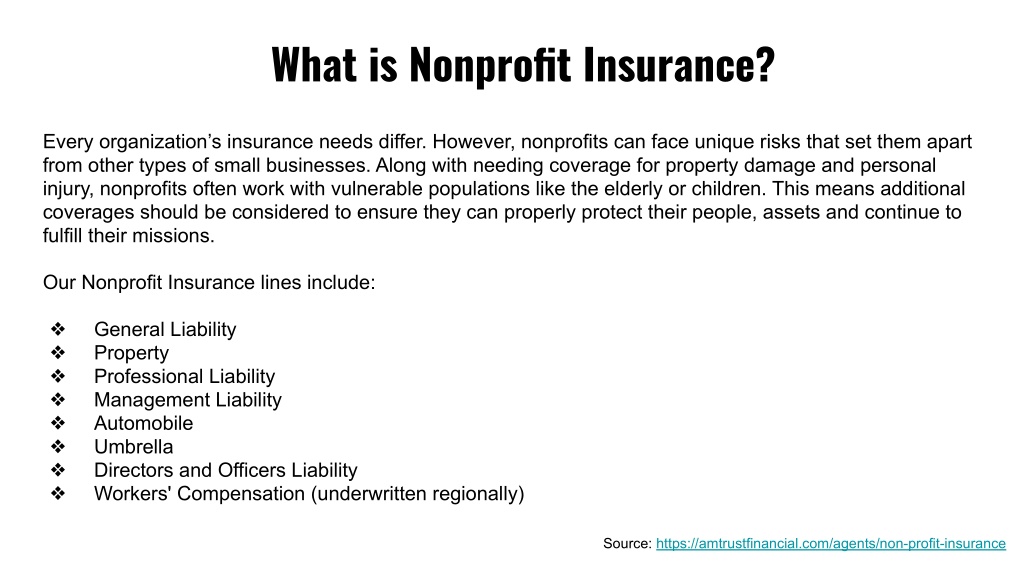



![Nonprofit Life Insurance Providers That Are Covered By A Special Top 10 Best Life Insurance Companies Reviews For 2024 [QUOTES]](https://www.claybrooke.org.uk/wp-content/uploads/2019/03/best-term-providers-img-1024x768.png)
